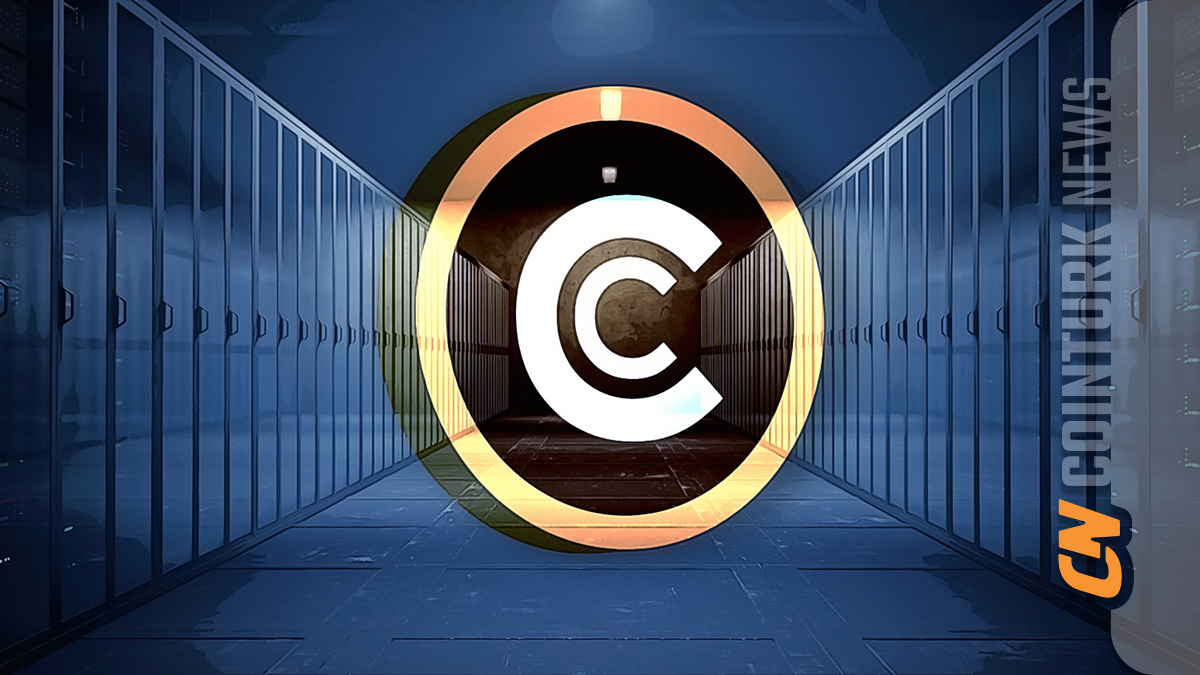Ethereum ecosystem can welcome various new Layer-2 protocols built on Polygon‘s open-source code base called Chain Development Kit, which utilizes Zero-Knowledge Proofs (ZK-proof) technology to provide security and fast settlement. Additionally, ZK-proof technology brings a new perspective to the Ethereum ecosystem by facilitating the coordination of multiple chains through the creation of an “interop layer” that enables automatic and efficient communication between Ethereum chains.
Layer-2s Can Reach a Different Dimension
Jordi Baylina, the technical lead of Polygon Hermez zkEVM, discussed the new toolkit that is publicly available on the Github repository:
“The motivating idea is simple: developers should be able to easily and seamlessly launch a ZK-proof supported Layer-2 on Ethereum tailored to their project’s requirements.”
Baylina also added that Polygon CDK provides “liquidity on demand without fragmenting liquidity” by enabling automatic access to liquidity not only on all of Polygon’s chains but also in the broader Ethereum ecosystem. He referred to a variety of different projects that create CDK-supported chains for various use cases including payment-specific Layer-2s for Ethereum developers, DeFi, gaming, social platforms, content creators, or NFT platforms.
Baylina also emphasized the customizability of CDK for different application chains, which includes Rollup or Validium mode, zkEVM or another ZK-supported execution environment, various data availability solutions, customization of native tokens and gas tokens, and granular permission lists for permissioned networks, whether centralized or decentralized.

Both Fast and Secure
The importance of ZK-proof technology highlights another factor that Baylina emphasized and underscores Polygon Labs’ belief that Zero Knowledge technology is the future of scaling Ethereum. As explained by the leader of Hermez zkEVM, chains launched with Polygon CDK automatically connect to a shared ZK bridge and attach to an “interop layer,” which is an inter-chain communication protocol.
“Let’s assume there are thousands of chains in the Polygon ecosystem. It is inefficient to directly send proofs from each of them to Ethereum. Instead, the interop layer will collect proofs from the chains and provide a single ZK proof that attests to the state of all Polygon chains.”
Baylina stated that the technology unlocks cross-chain transactions that take minutes and creates a perception of a single chain environment. Baylina also explained that the architecture opened by Polygon CDK, backed by a ZK bridge and functioning ZK-proofs, provides automatic access to shared liquidity in an interop layer of a Layer-2 ecosystem secured by a ZK bridge.
Ending his statements, Baylina reaffirmed his belief in ZK proofs as the future of Ethereum scalability, contrasting them with fraud proofs in Optimistic Rollup Layer-2 solutions that have weeks-long delays and emphasizing fast settlements and withdrawal times.
“ZK builds better bridges and secures chains with rigorous mathematics without the socio-economic components required by fraud proofs.”

 Türkçe
Türkçe Español
Español









